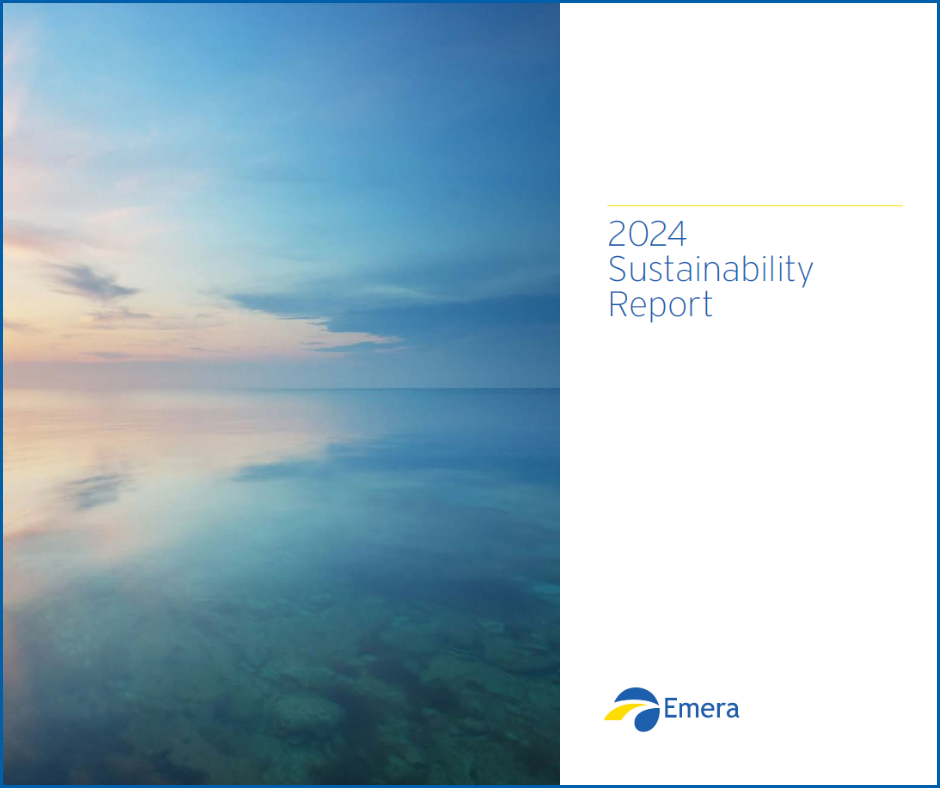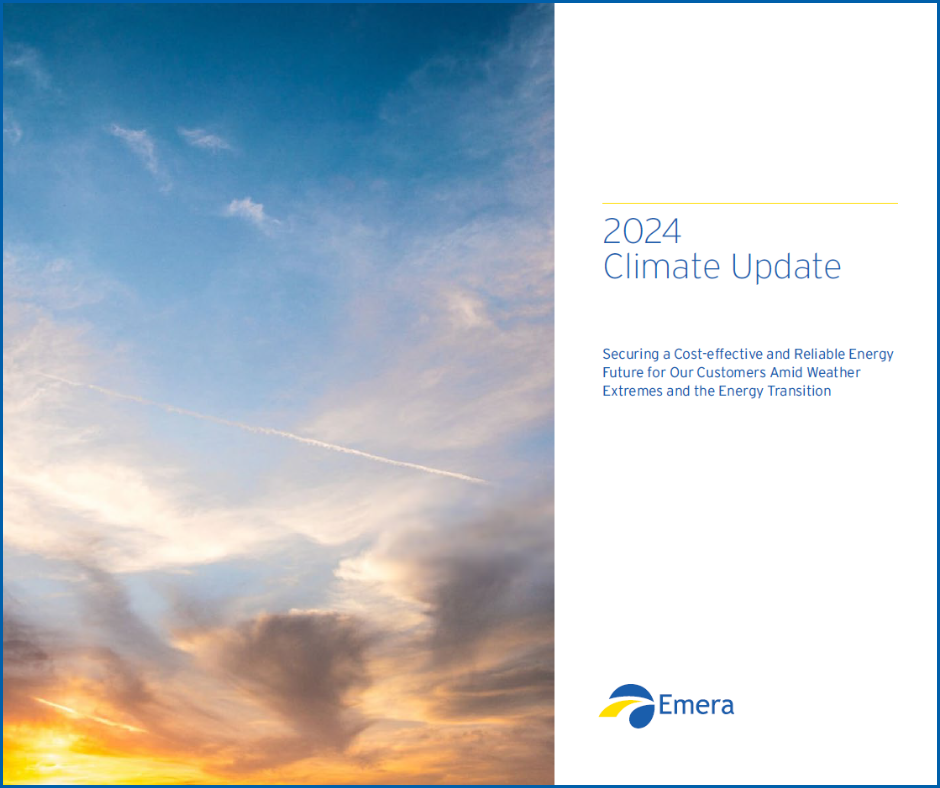Sustainability
Committed to a Sustainable Future
Our focus on sustainability is foundational to our strategy, and the progress we’re making is a demonstration of the values we live by.
Across our operating companies, we put the needs of our customers at the center of everything we do. We collaborate and care for each other, the environment and our communities — and we’re not afraid to tackle big challenges. Above all, we value the safety of our teams and communities.
Our Approach
We believe in transparency, accountability and continually working to do better.
Through our robust governance practices and our commitment to driving operational excellence, we continue to make progress and work to effectively manage our risks across Emera.
We regularly assess our material sustainability priorities to ensure we're focused on the issues that are most important to our stakeholders and our businesses. We're working to meet rapidly growing demand for energy, adapting to the physical impacts of severe weather and climate, and transitioning to cleaner energy— all while enhancing reliability and considering affordability for utility customers.
For more information about our sustainability priorities and the progress we're making, please see our 2024 Sustainability Report.
A Closer Look
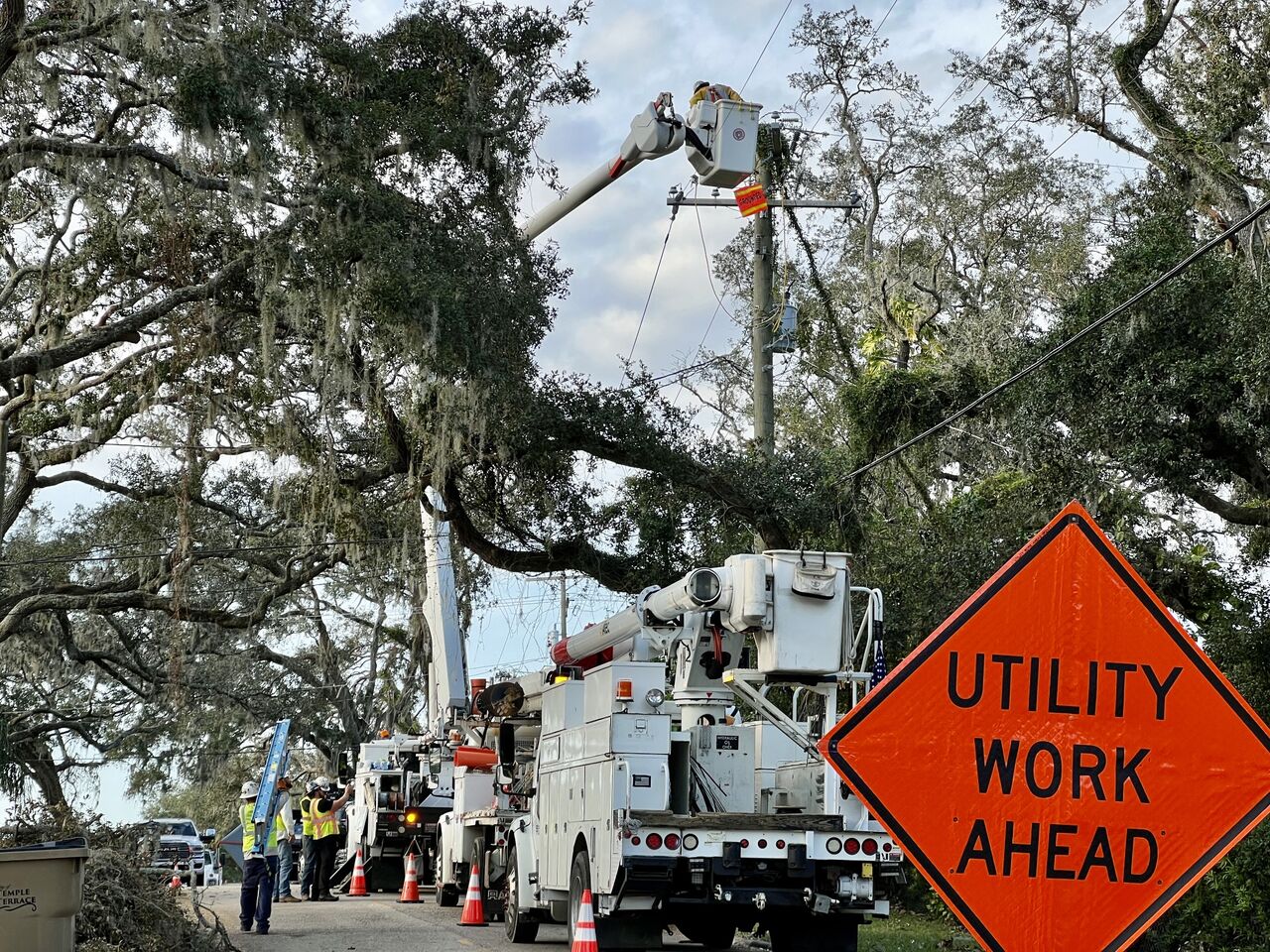
Tampa Electric Undertakes Largest Storm Restoration in Company History
The Tampa Electric team’s dedication to safety and reliability was evident in their coordinated restoration response following two of the most destructive storms to hit the region in more than a century. In the fall, Hurricanes Helene and Milton struck the Tampa Bay area within two weeks of each other. More than 6,000 workers, including teams from Nova Scotia Power and across the continent, worked nonstop to restore service within a week to hundreds of thousands of Tampa Electric customers. The effort was the largest restoration undertaking in company history. A response of this magnitude required careful coordination, including from a safety perspective, ensuring all crews worked to the highest safety standards. Crews logged over 900,000 work hours in challenging conditions with no serious safety incidents. “This was an unprecedented storm that spurred an unprecedented response,” said Archie Collins, President and Chief Executive Officer of Tampa Electric. In recognition of the team’s outstanding work to quickly restore power after Hurricane Milton, Tampa Electric received the 2024 Edison Electric.
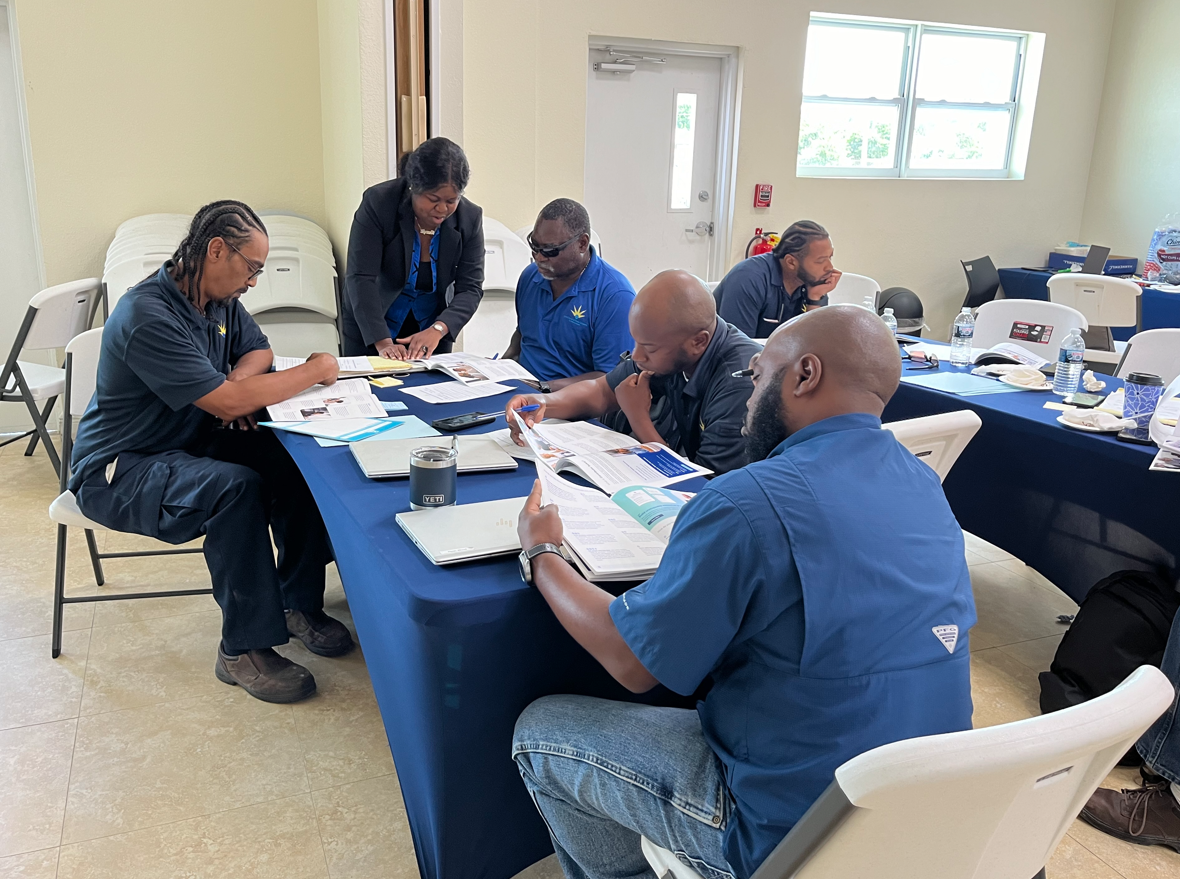
Creating a Workplace Where Everyone Feels Welcome
We’re committed to fostering psychologically safe workplaces where everyone feels welcome and safe to be themselves. In 2024, several areas of the business participated in psychological safety awareness sessions. Emera Inc. employees and the Grand Bahama Power leadership team took part in interactive psychological safety workshops. The team at Emera Newfoundland and Labrador participated in an education session. This training helps team members better understand psychological safety and the important role we all play in fostering it. “The psychological safety workshops were incredibly insightful in highlighting how I can help create a more open and safer environment where my team has the courage to speak out, try something different and ultimately bring their best selves to work every day,” says Janice Garnett, Emera’s Vice President, Risk and Compliance. “Expanding all employees’ awareness around psychological safety helps not only with their personal wellbeing, but of those around them, as we all have an impact on others.” Following the sessions, teams developed plans and action items to reinforce psychological safety in their workplaces. Actions can include planning team building activities, expressing gratitude and appreciation, and dedicating time in team meetings for to openly share learnings and mistakes. Emera’s Occupational Health and Safety Policy was also updated to reflect this commitment to psychological safety. Additional workshops are expected to be held across Emera’s operating companies throughout 2025.
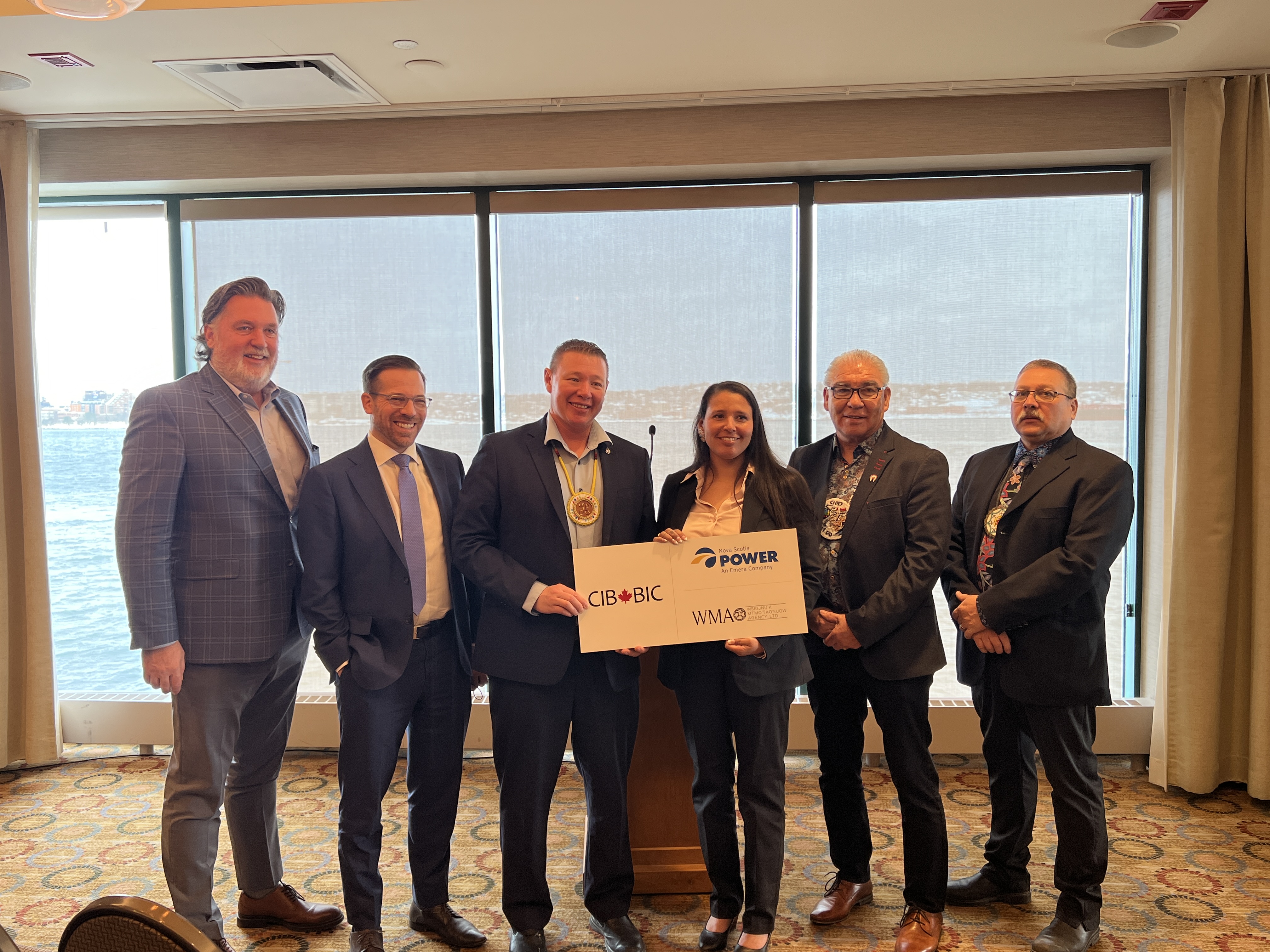
Mi’kmaw Communities and Nova Scotia Power Build Grid-Scale Battery Storage
Nova Scotia Power has entered into an innovative partnership with the 13 Mi’kmaw communities in the province to help shape the future of energy in Nova Scotia. With an equity investment from the Wskijnu’k Mtmo’taqnuow Agency Limited (WMA) — the economic development organization representing all 13 of Nova Scotia’s Mi’kmaw communities — Nova Scotia Power is building three grid-scale battery storage projects totalling 150 MW. This is WMA’s first equity partnership with Nova Scotia Power and will enable a predictable return on investment for member communities. The project is supported by a $138.2 million equity loan to the WMA from the Canada Infrastructure Bank. Through secured low-cost financing, this collaboration is helping to mitigate the cost of the project for Nova Scotia Power customers. “Creating a greener future is a priority for the Mi’kmaw Nation and WMA is proud to be doing our part to bring about positive transformations to the energy industry,” says Crystal Nicholas, President, WMA. “This investment in battery storage is a significant step toward true economic reconciliation and developing a more sustainable future for all Mi’kma’ki.” Grid-scale batteries allow renewable energy to be stored and brought to the grid when it’s needed. Nova Scotia Power started construction on the projects after receiving regulatory approval in 2024. Two of the storage facilities are expected to be operational in 2025, with the third complete by 2026. The equity loan was the first of its kind under the bank’s Indigenous Equity Initiative, which provides Indigenous communities with access to capital and opportunities to invest in infrastructure projects across Canada. “It’s exciting to couple the largest battery storage investment in Atlantic Canada with our first Indigenous Equity Initiative loan,” said Ehren Cory, CEO, Canada Infrastructure Bank. The total project investment of $354 million also includes $130 million from Natural Resources Canada’s Smart Renewables Energy and Electrification Pathways Program.
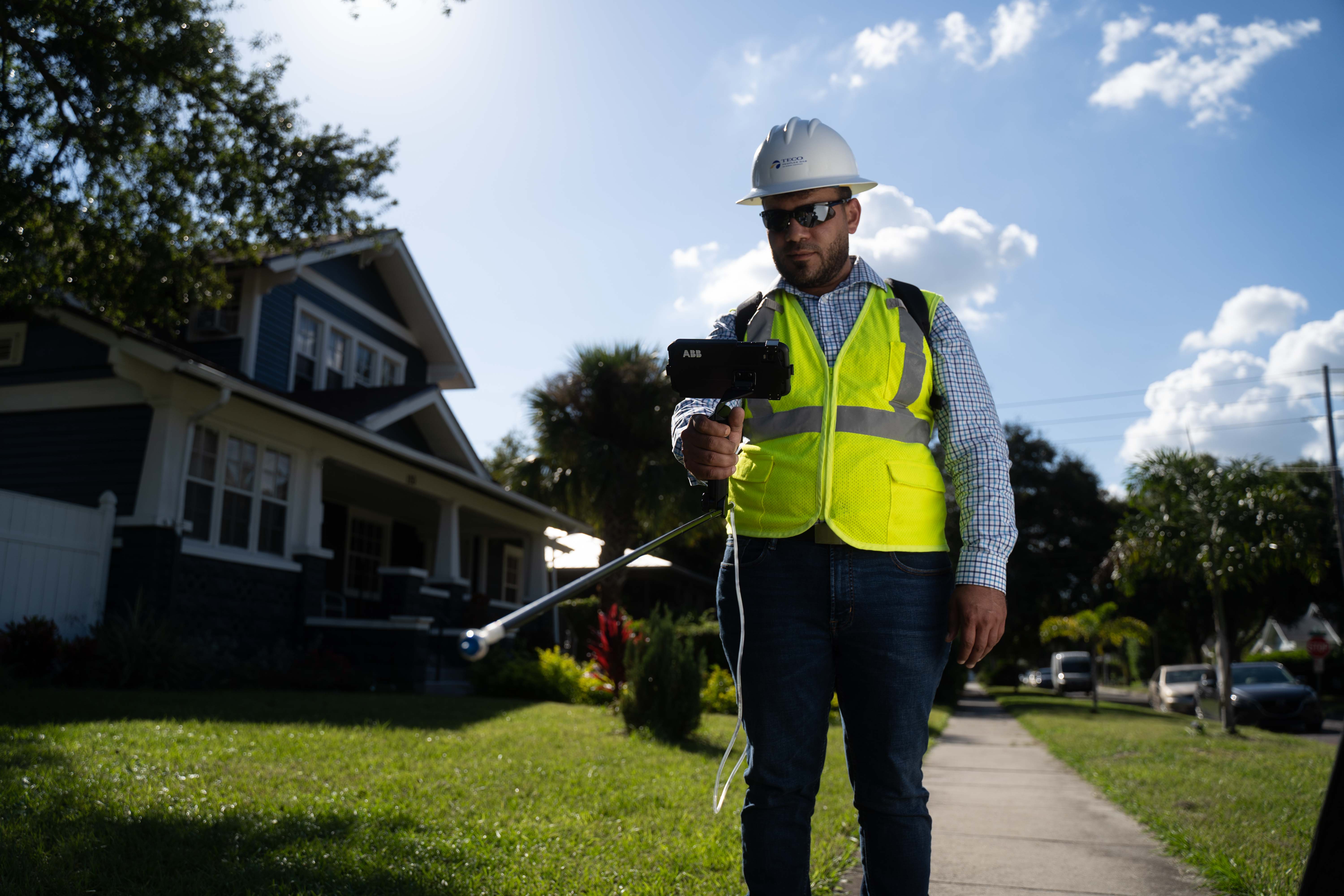
MobileGuard Enhances Leak Detection and Remediation
In 2024, Peoples Gas began automating its systems to fully integrate MobileGuard advanced leak detection technology into its compliance leak survey program. The initiative, approved by the Florida Public Service Commission in March 2024, will bring together the utility’s work and asset management system with its geographic information system and the MobileGuard system to enable better survey scheduling, progress tracking, emissions investigations, leak grading and work order processing. Systems integration work is continuing through 2025, with the updated compliance leak survey program launching in 2026. Once it is in place, Peoples Gas plans an annual survey of a third of its system, amounting to about 5,000 miles of pipeline per year. This approach aligns with the Pipeline and Hazardous Materials Safety Administration’s safety mission and efforts to foster collaboration and transparency. MobileGuard technology has been in use at Peoples Gas since 2020 and has proven to be invaluable in the aftermath of natural events. In 2024, following Hurricanes Helene and Milton, MobileGuard was rapidly deployed to survey impacted areas, primarily in St. Petersburg and Fort Myers. This swift response enabled Peoples Gas to effectively identify and mitigate potential hazards resulting from the storms, ensuring public safety and preventing potential incidents. Peoples Gas is continuing to promote and advance this technology with team members. The utility is piloting MicroGuard hand-held leak detection equipment and is identifying opportunities to use it during leak investigations. An advanced leak detection training class is now part of the Peoples Gas training program, with the first class planned for July 2025. All new hires will be required to be trained and qualified to use both MobileGuard and MicroGuard technology.
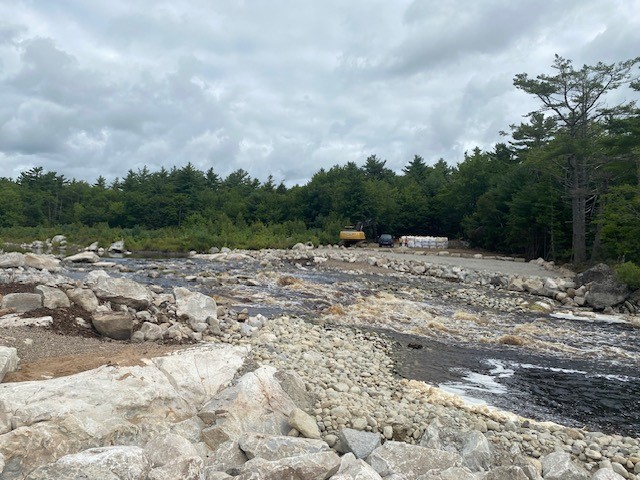
Decommissioning the Roseway Hydro System
After providing renewable electricity for nearly 80 years, Nova Scotia Power’s Roseway Hydro System is being decommissioned, with the site returned to its natural state and access to the full watershed re‑opened. “This was a carefully considered decision based on a detailed evaluation of multiple options and engagement with Indigenous rightsholders, local residents, government and regulatory officials,” says Gareth Hanna, Senior Manager, Capital Projects Power Generation at Nova Scotia Power. “Removing the dam and returning the river to a pre-development condition was agreed to be best from an economic, safety and environmental perspective." Hydroelectricity has been generated on Nova Scotia’s rivers for nearly a century. There are 31 facilities still in operation on 15 river systems across the province, providing Nova Scotia Power with a total of nearly 400 MW of hydro generation capacity. These facilities receive ongoing maintenance and upgrades to ensure they can continue to be a reliable source of renewable electricity for many years. To date, the dam and other structures have been removed from the Roseway site, allowing the river to flow freely, significantly improving fish passage and restoring the river’s original ecosystem and species diversity. Temporary cofferdams were used during in-stream work, making it possible to safely dismantle the dam’s concrete structures. Removal of remaining buildings and landscaping will take place in 2025.
Publication Downloads
2023 Sustainability Report
2023 Sustainability Report Highlights
2023 Climate Transition Plan Update
Sustainability Governance Diagram
Emera's 2024 Sustainability Priority Descriptions
2023 Emera Stakeholder Engagement
2023 GRI/SASB Index
GRI/SASB Three-Year Data Summary
2024 CDP Climate Change Submission
2024 EEI and AGA ESG/Sustainability Template
2023 Modern Slavery Report
2023 Annual Report
2024 MIC



